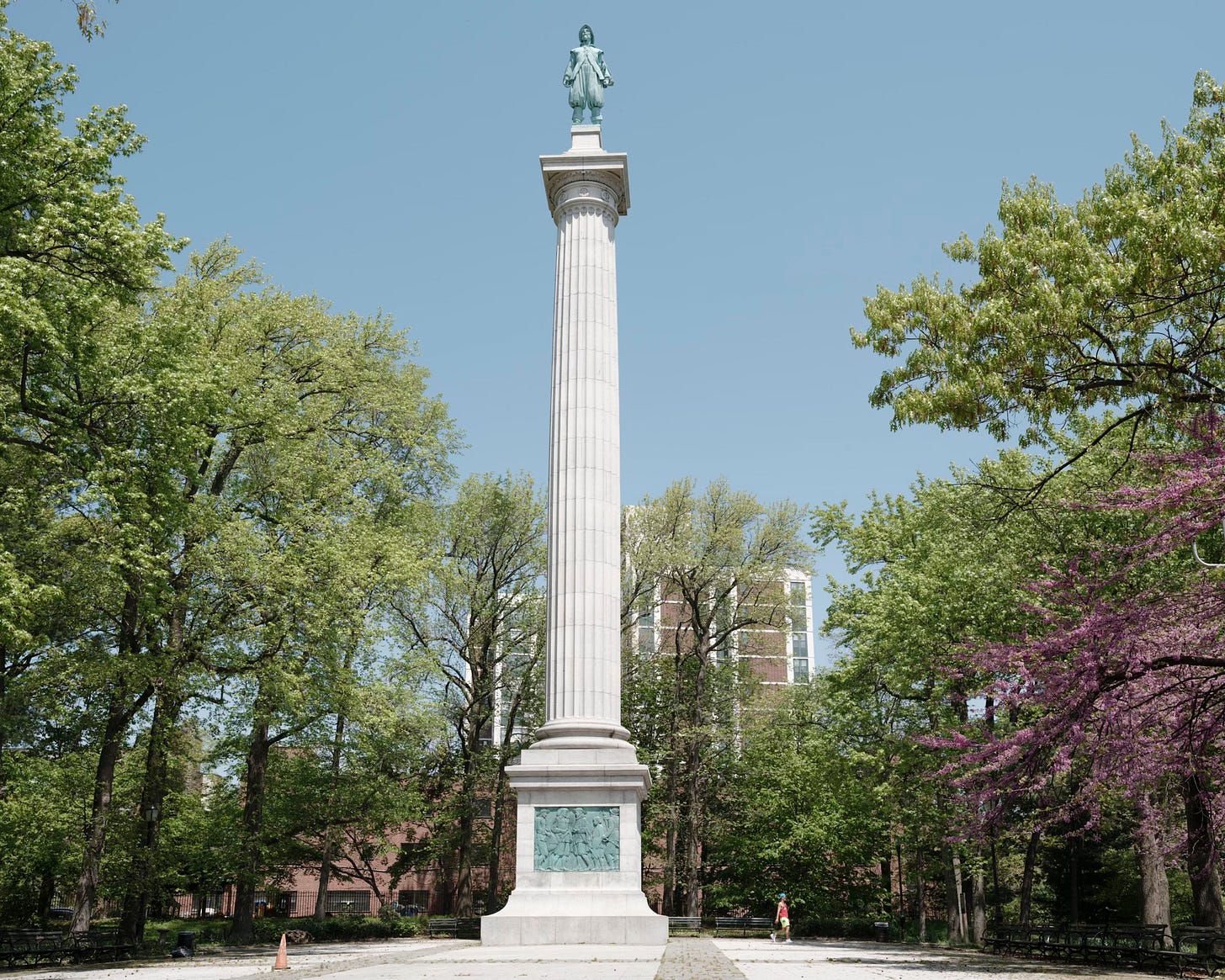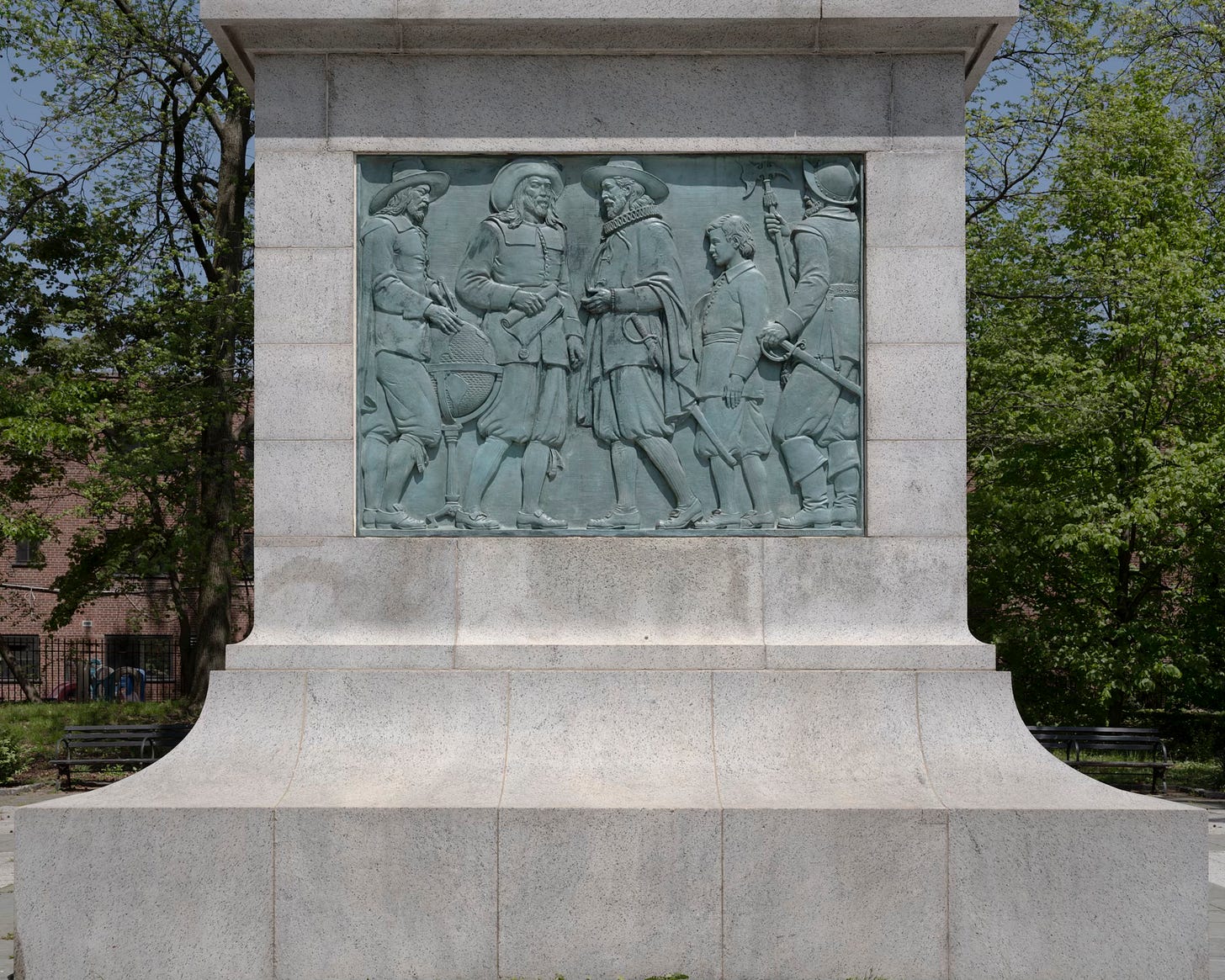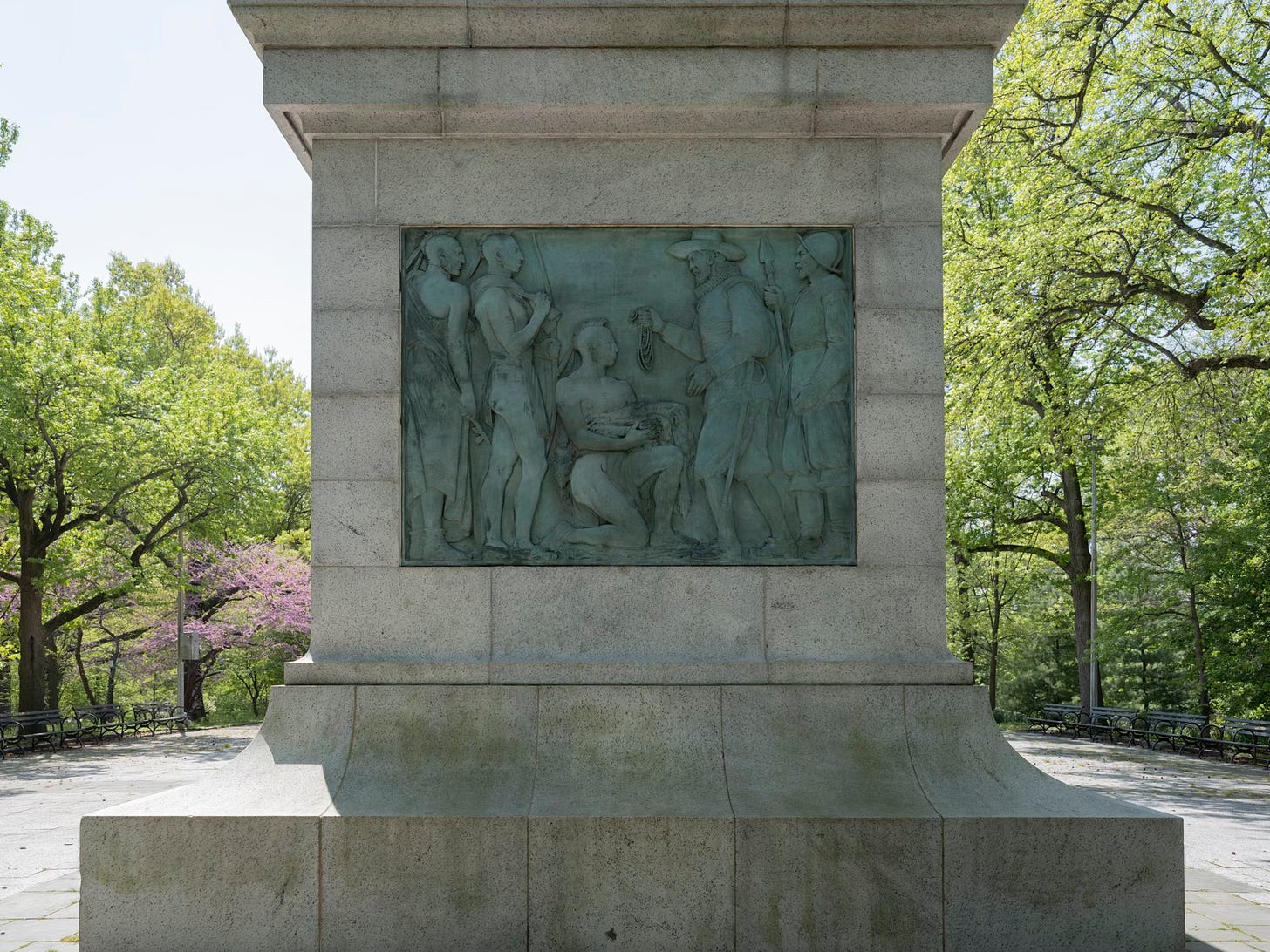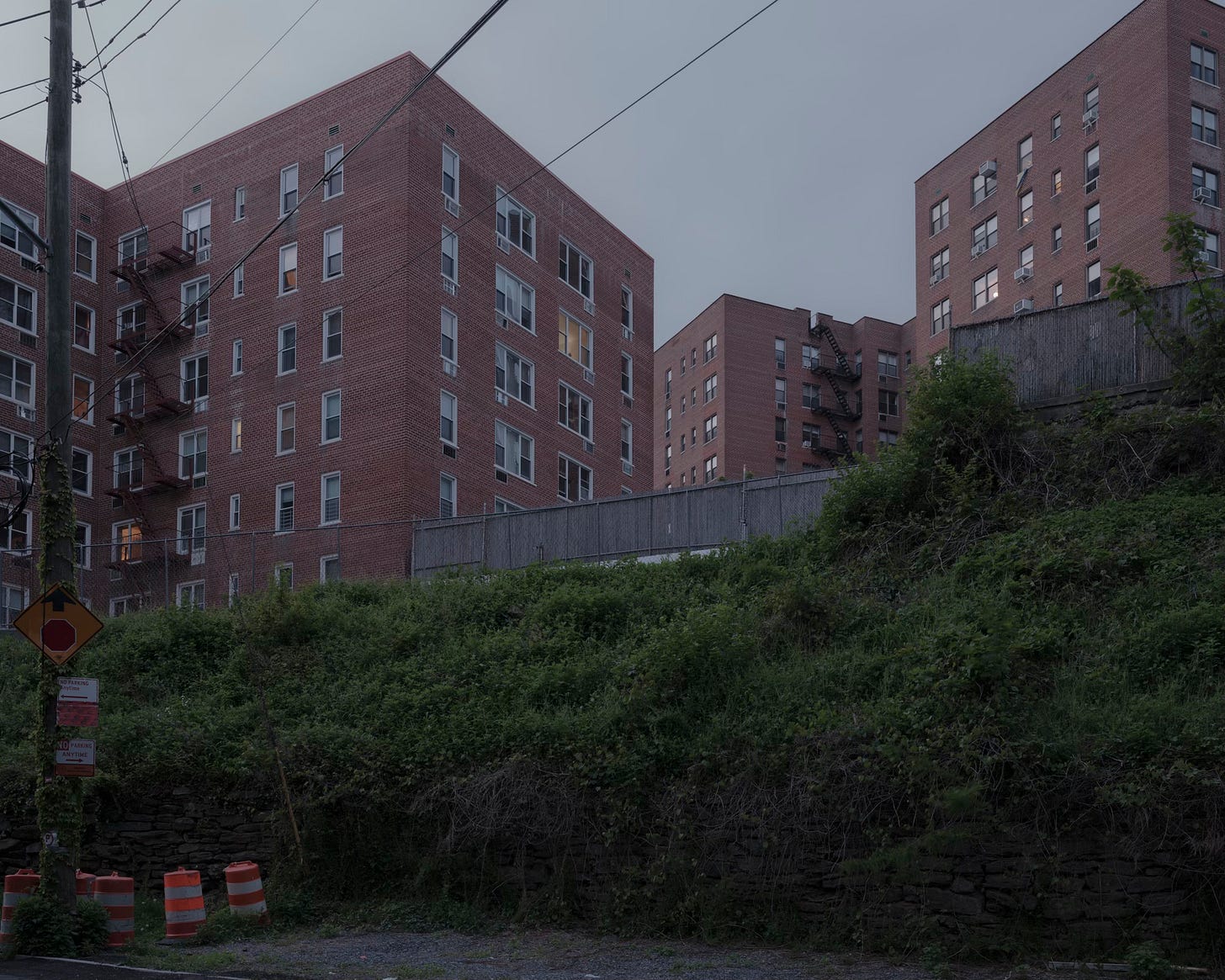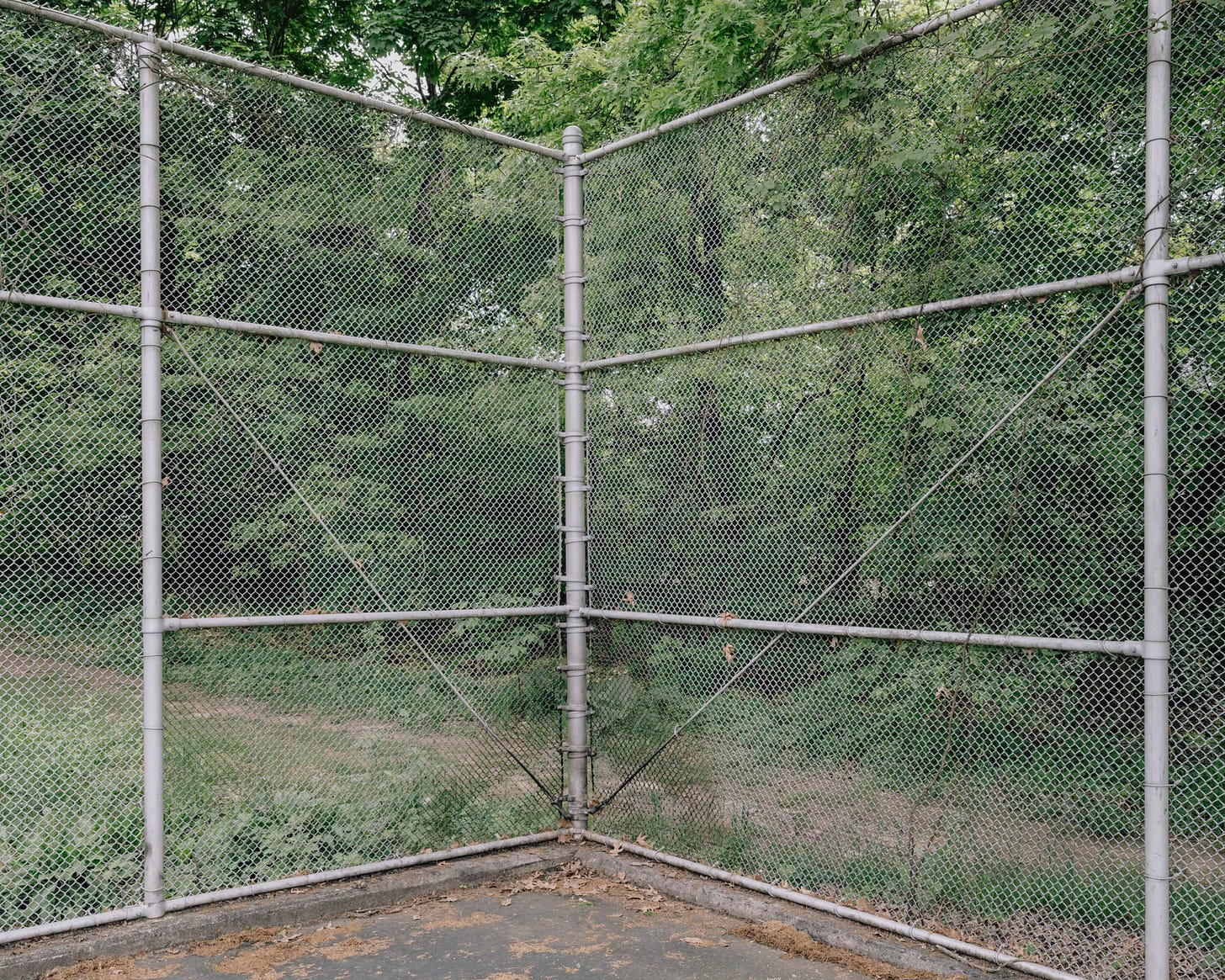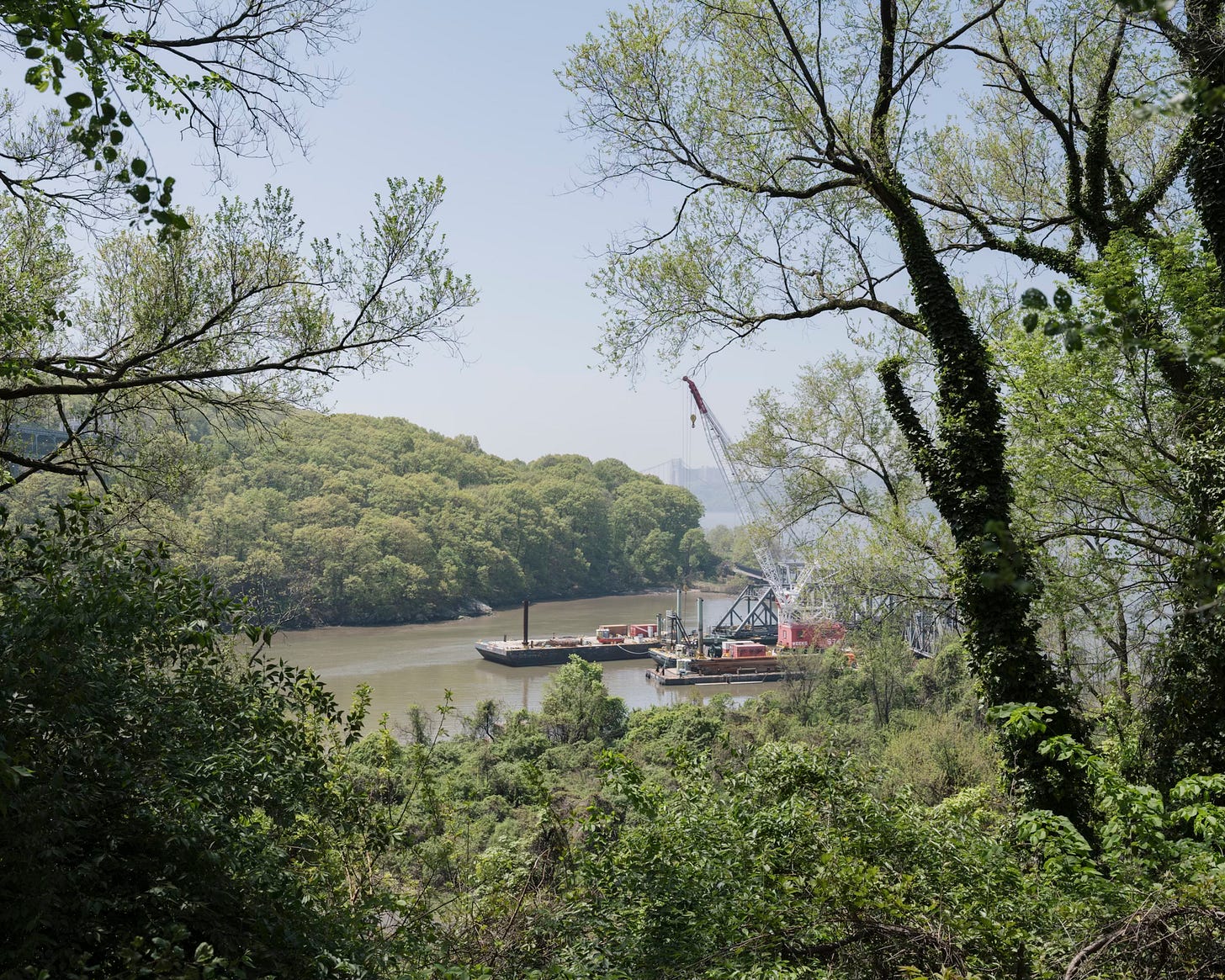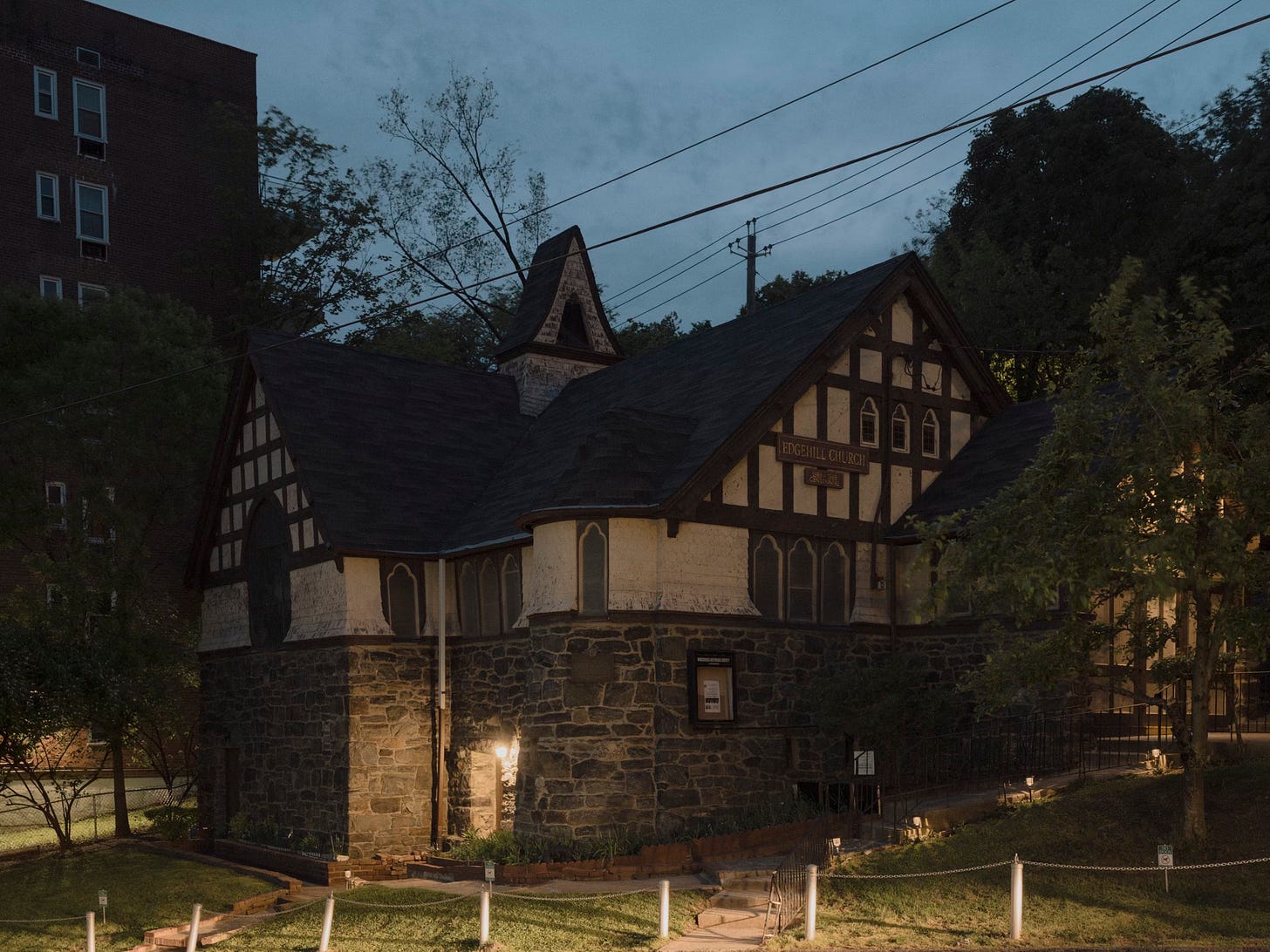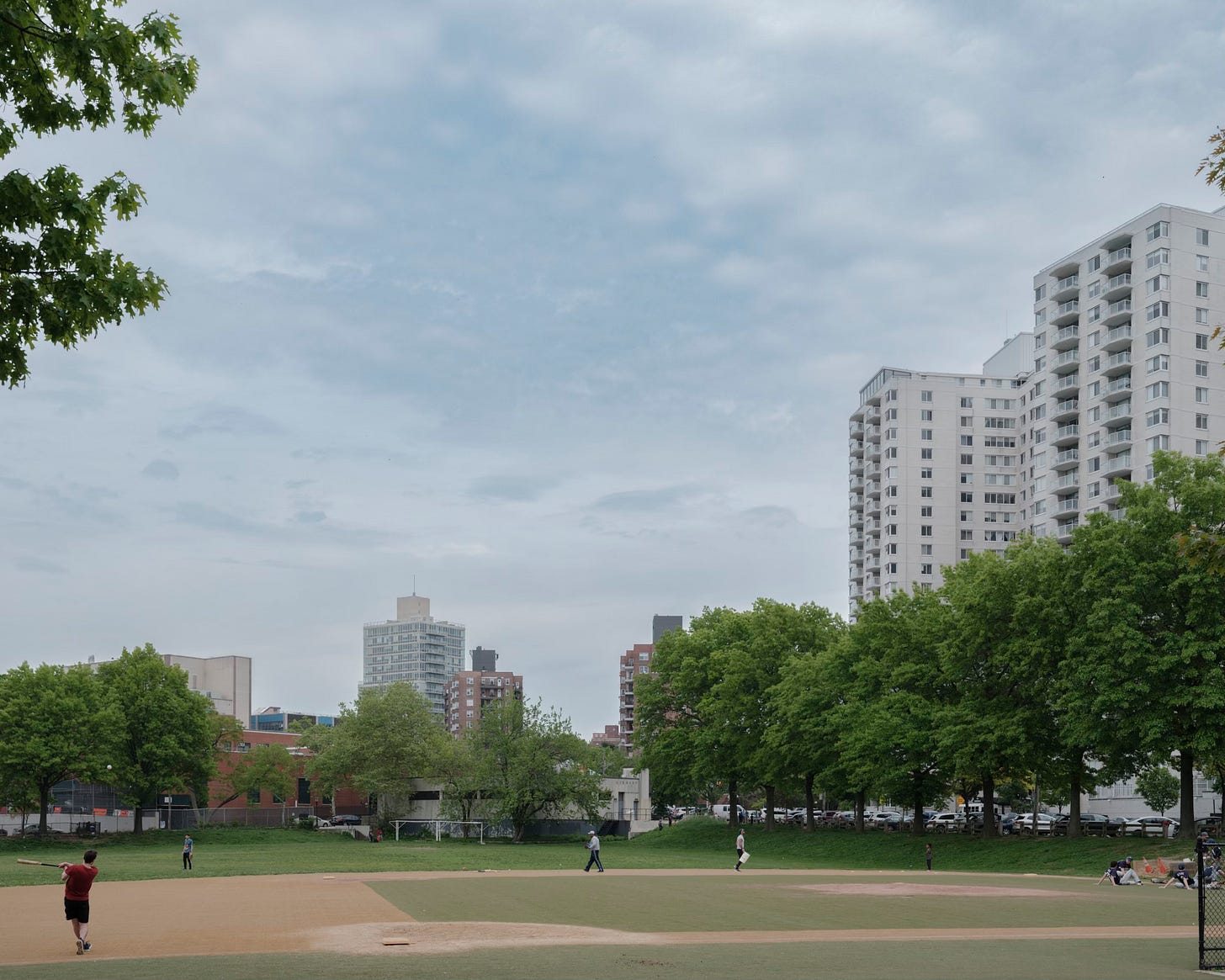Henry Hudson Park
In 1609, on his way to what he thought was China, Henry Hudson piloted his boat, the Half Moon, up the North River, briefly taking shelter in Spuyten Duyvil Creek. 300 hundred years later, in 1909, Spuyten Duyvil business leaders pooled their resources to build a memorial featuring a 16’ statue of Hudson perched atop a granite doric column. In true history nerd fashion, they decided to build a 100’ high column on a site 200’ above sea level to mark the tricentennial.
Soon after the column was finished in 1912, the money ran out. To make matters worse, Karl Bitter, who had been hired to make the Hudson sculpture, was hit and killed by a car shortly after leaving a performance at the Metropolitan Opera in 1915.
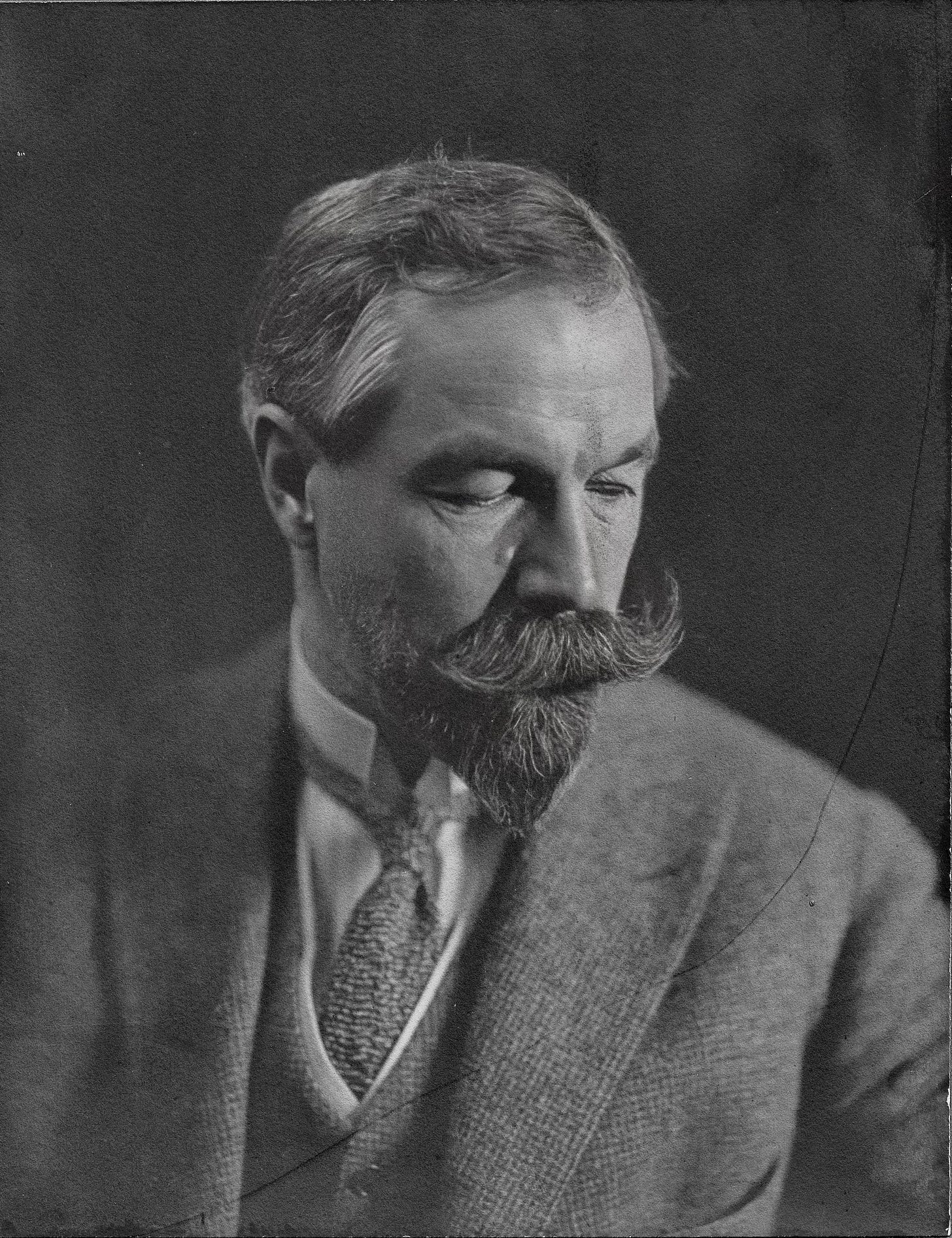
With the sculptor dead and the money gone, the forlorn column, a monument now only to the Dorians, remained Hudson-less until, who else, Robert Moses stepped in. Perhaps feeling a little guilty for tearing down all those trees in Inwood Park or razing multiple homes in Spuyten Duyvil, he used some of the funds for his Henry Hudson Bridge to finish off the monument. Karl Gruppe who was Bitter’s student and chief sculptor in the Monument Restoration Project for the New York City Parks Department, used his teacher’s model as a reference to complete the 16-foot-high sculpture.
Gruppe also made two massive bas-reliefs for the monument base. The relief on the monument’s back side, depicting a supplicant group of Native Americans in a scene that has no historical basis, has more than a few critics.
Bonus Henry Hudson Park Fact: It was once considered for the location of the Guggenheim Museum. Frank Lloyd Wright, with Robert Moses’ blessing (the two were actually distant cousins), suggested the site as "a genuine relief from the cinder heap old New York is bound to become."
Although the Guggenheim never came to Spuyten Duyvil, Spuyten Duyvil came to the Guggenheim when one-time neighborhood resident Alexander Calder had his retrospective there in 1964.

Keep reading with a 7-day free trial
Subscribe to The Neighborhoods to keep reading this post and get 7 days of free access to the full post archives.




